Professor Arthur Stanley Jones CBE, formerly of Aberdeen’s Rowett Institute, has died aged 90.
A past principal of the North of Scotland Agricultural College and the Royal Agricultural College, he lived and worked in the north of Scotland for most of his life.
Belfast born
Arthur Stanley Jones was born in Belfast on May 17 1932. The third of four children, he lived on Roseleigh Street, half a mile from the Falls Road.
His father John Jones, the son of a watchmaker, was an engineer in Harland and Wolff shipyard and helped build the Titanic.
Hi mother, Annie Jones (nee Hamilton) died in 1938, shortly after the birth of Arthur’s sister, Olive. Later that year they relocated to Tyneside.
In memoirs written for his grandson, Arthur reflects on his childhood.
“The Second World War was one of the biggest events in my life though I was too young to be really frightened. In fact, I thought that it was really exciting to see German planes caught in search lights. And fantastic to see them being fired at, sometimes bursting into flames!”
Early years
Arthur’s father was a manager for Lloyds Proving House where they tested the strength of ships’ chains and anchors.
John remarried schoolteacher Winnie, and like both his parents, Arthur’s step mother was part of the Plymouth Brethren.
Strict religious observance meant he and his siblings were forbidden from reading newspapers or comics, listening to the radio or going to the cinema.
“We did, however, go to church three times on Sunday, twice on Saturday and once on Monday and Wednesday evenings,” Arthur said.
Arthur loved his education. Beginning at Bedeburn School, when he failed his 11-plus exam, he moved on to Jarrow Central School. Though not as prestigious as the Grammar – it catered for children who showed promise.
Moving to the north-east
In 1946, age 14, the family moved to Gosforth.
Determined her stepson should access the best education, Winnie argued on his behalf. He was offered a place and it changed his life.
“I fell in love with chemistry which I hadn’t done before,” he wrote. “Mrs Chambers was a great chemistry teacher, I think she liked me a lot, and a year later I got myself a distinction in the Cambridge school certificate. I am listed on their website as one of their notable alumni.”
After school Arthur worked on a farm to gain experience ahead of applying to agricultural college.
At Kirkley Hall Farm Institute he studied for a Certificate in Agriculture for one year then went on to Durham University. There he received an honours degree in agricultural chemistry before studying for his doctorate in nutrition at Aberdeen University.
A new life in Aberdeen
His first job after graduation was at Aberdeen’s Rowett Research Institute.
He stayed for 27 years, the last four as deputy director.
He was appointed the Strathcona Fordyce Professor of Agriculture at Aberdeen University, head of the School of Agriculture and principal of the North of Scotland College of Agriculture (NOSCA).
Finally, for the last seven years of his career he was principal of the Royal Agricultural College in Cirencester.
National Service
Arthur’s career was punctuated in 1955 by his two years’ National Service. Commissioned as an officer in the RAF he was initially stationed in Bournemouth. As a chemist, his job was to test fuel and oils.
After five weeks, Britain and France set up a task force to invade Egypt to take back the Suez Canal. Arthur was called back to Aldershot to join the task force. From there he was sent to Egypt.
He wrote: “My job as observer was to talk planes onto targets. However, after only a few days in Suez, the United Nations, ordered the British and French to leave. I was posted to Cyprus.”
He was demobbed in November 1957 but joined the Royal Air Force Volunteer Reserve in 1958 where he became an officer and learnt to fly.
Love and marriage
On returning to Aberdeen he met Mary Margaret Smith, known as May, who also worked at the Rowett. They married in 1962, spending 55 years together, until her death in 2016.
Their first home was Williamson Cottage, near to Rowett farm land in Bucksburn. Their children Graeme, Roland, Nathan and Camilla came along and, by the late 1960s, Arthur and May built their much-loved family home near Kinellar.
They later also bought Burnside of Balquhain Farm, north of Inverurie.
Arthur loved farm life, so the decision was made to sell the family home and move to the farm full time. It was a family affair with everyone helping. May worked on the farm until the late 1970s, when she went to university to qualify as a teacher.
In 1981 Balquhain Farm was sold and the family moved to Greenburn House, followed by Red Pool House, both near the Rowett.
Planning for retirement
However, in 1995 when the family home they built in the late 1960s returned to the market they bought it back in preparation for retirement.
Arthur and May enjoyed being part of the Kinellar community.
They were both played bowls and Arthur loved to sail. He studied for his captain’s ticket, eventually, buying the Eclipse, a converted trawler and also chartered boats, with many sailing trips in the UK and abroad. He enjoyed beekeeping and pottering in his garden.
However, it wasn’t all rest. After retiring, he became an external examiner in the university sector.
He was a governor of Henley College of Management, chairing its academic advisory council. He served as a consultant for the Institution of UK Agriculture and as a fellow and founder member of the Institute of Agricultural Management. One of his more unusual consultancies was advising banana plantations in South America.
Arthur was also a trustee of the Trehane Trust, the Ceres Foundation and a member of the House of Lords rural economy group. In addition, he became a council member and treasurer of the Clan Grant Society and a director of Clan Grant Centre Trust.
Palace honour
A notable highlight of Arthur’s life was being made a CBE by King Charles, then the Prince of Wales, at Buckingham Palace in recognition of his work, in 1997.
Despite his many achievements Arthur remained an understated man, who chose his friends carefully.
Beloved by his children and their partners Melanie, Vicky, Alison and Phyllis he was a proud grandfather of Joseph, Ryan, Hayley, Lexie, Holly, Oliver and Lucas. And a great-grandad to Ellie, with another great-grandchild on the way.
Arthur died on February 28 aged 90 years.
You can read the family’s announcement here.
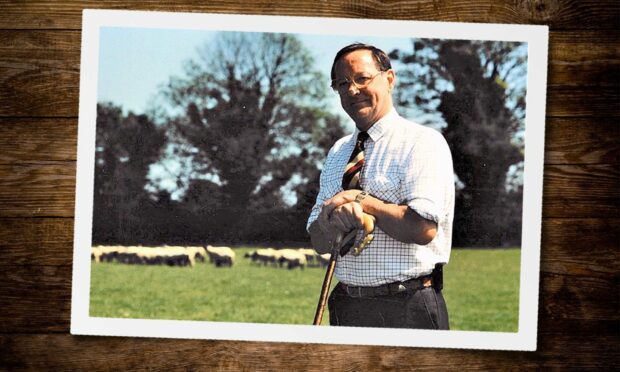

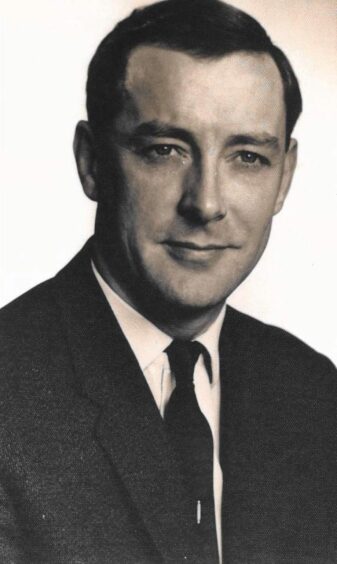
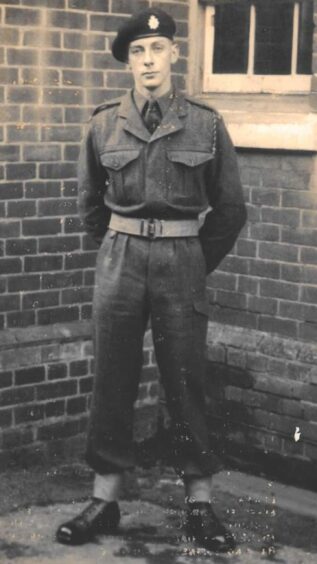
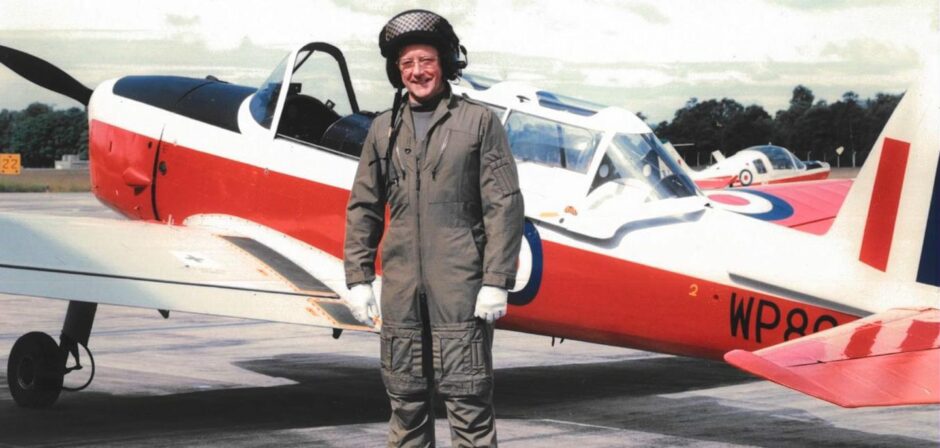
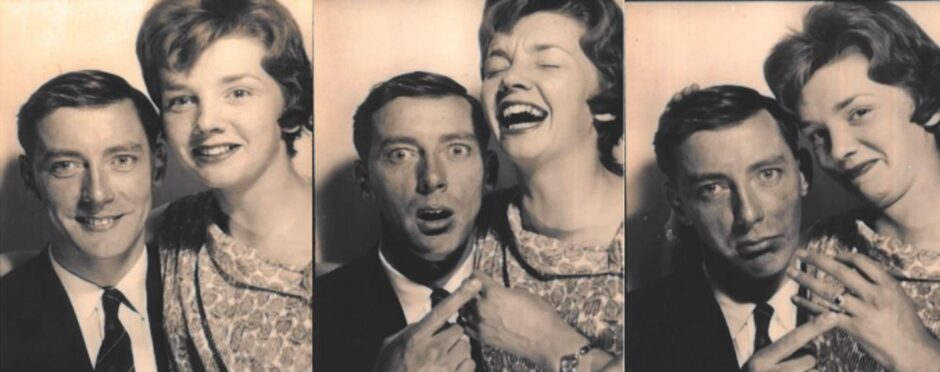
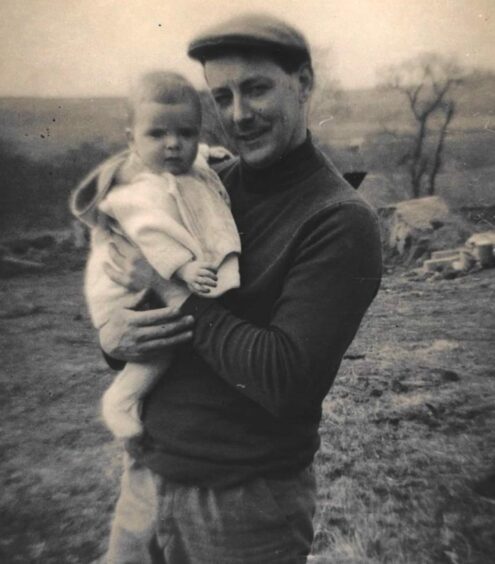
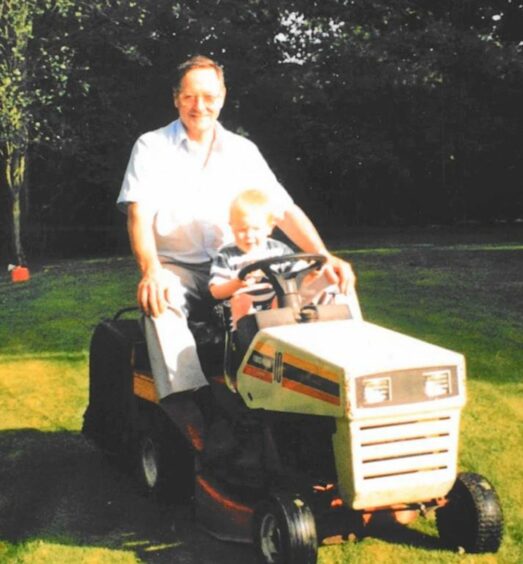
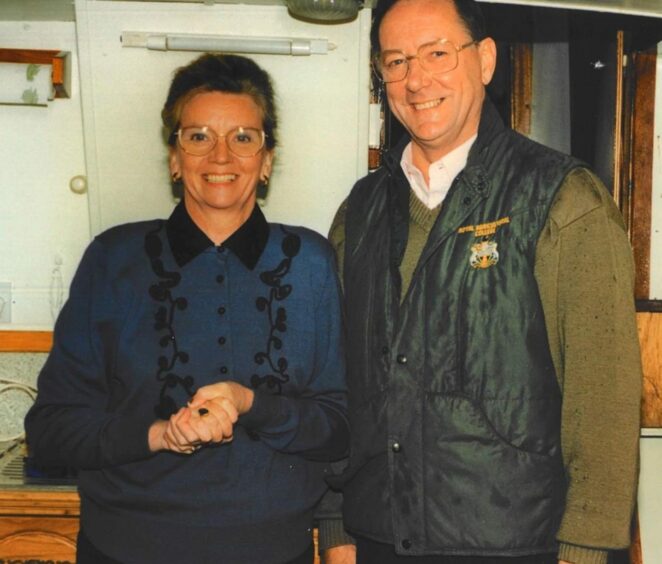
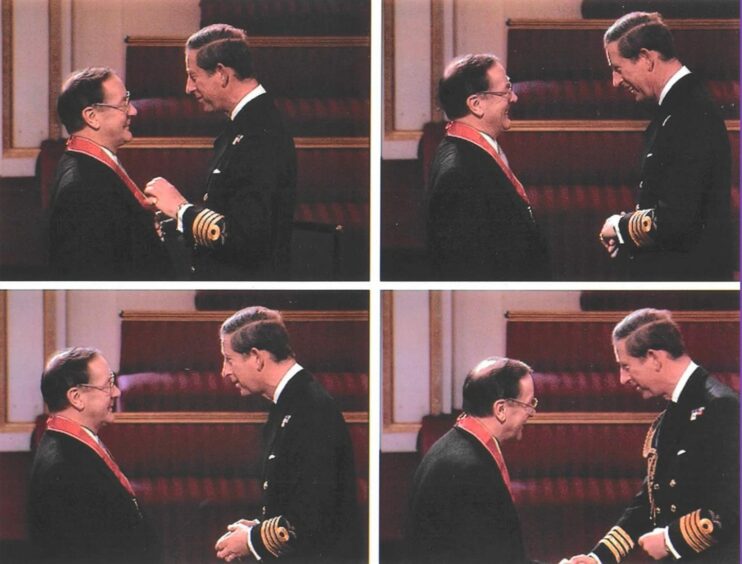
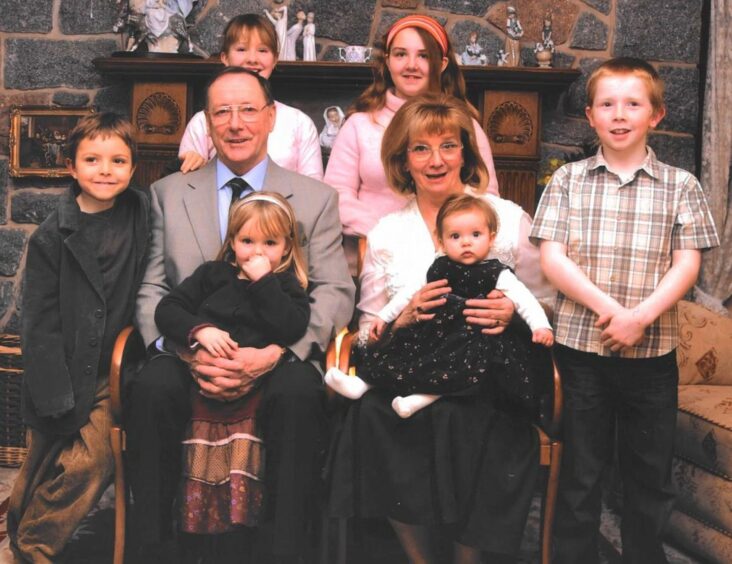
Conversation